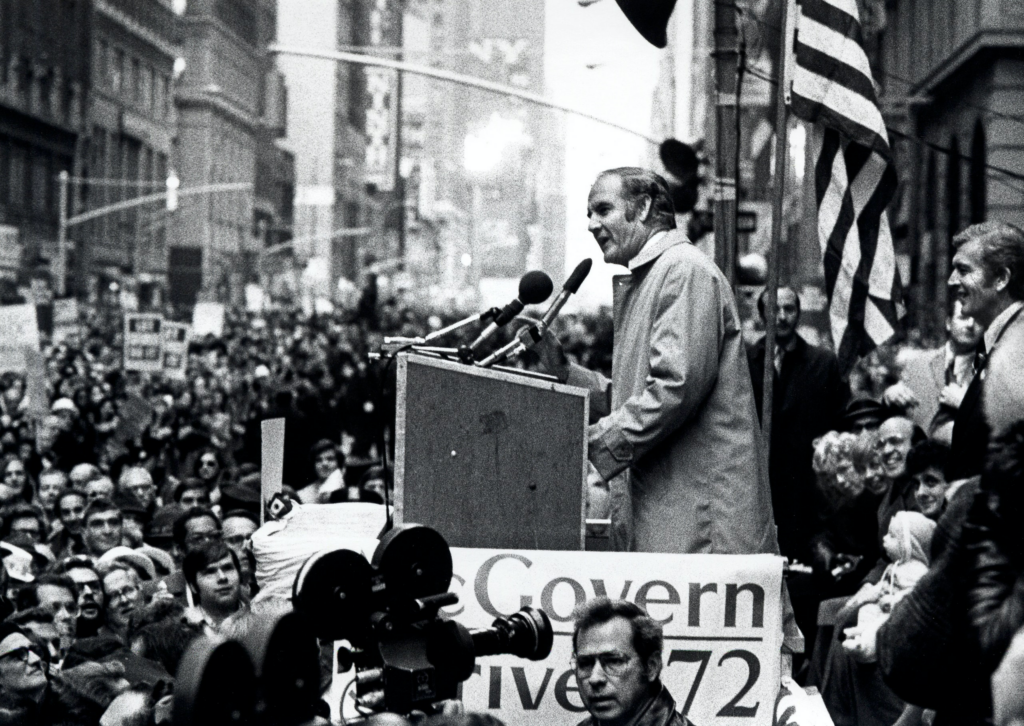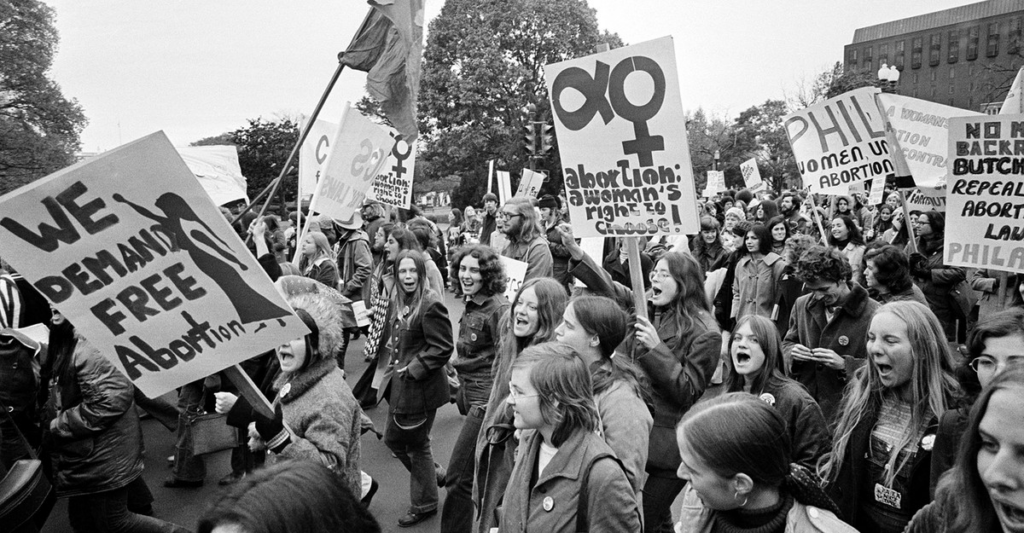
On Sunday, April 16, 1972, nearly 10,000 protestors flooded the streets and converged in New York City’s Central Park. Although controversy filled the air, it did not fall on partisan lines. Up to this point, the state of New York was responsible for the largest number of legal abortions. Whilst many referred to the legalization of abortive practices as a “liberal abortion law” [4], it had been a Republican legislator and a Republican governor largely responsible for the law’s existence. This kindled an internal battle amongst the Republicans about whether or not abortions should even place, and to what extent should they be illegal in all cases.
By going back several decades, the history of anti-abortion movements can be traced back to the Comstock Act of 1873. It was at this time, for the first time in this country’s history, abortion became a politicized topic nationwide. Up to this point, abortions were largely practiced and protected under common law. Whilst this act prohibited the use of mail “to spread information or materials deemed as “obscene”‘ [1], the law also explicitly mentioned that anything used to cause or carry out an abortion is also prohibited to travel by mail. This act is often credited to be the initial fuel that sparked the eternal flame of controversy in abortion culture that has consumed the United States for decades.
Moving forward to 1895, the Catholic Church which previously supported abortions, indirectly made a substantial change to American history by condemning abortions completely. In the years following, many Catholics adopted their church’s beliefs and developed a passion for their “pro-life” stance.
As the 19th century bled into the start of the 20th, other groups of people began condemning abortions from their lives as well. With one being medical practitioners. Many of these doctors partook in an activist group named the “American Medical Association”, or AMA for short. By voicing disapproval of abortions, these physicians hoped “to win professional power, control medical practices, and restrict their competitors” [2].

At the head of the AMA’s anti-abortion movement, was Dr. Horatio Storer. Dr. Storer studied at Harvard University and later received his graduate degree. After working abroad, he eventually returned to Harvard Medical School and began teaching gynecology as its own subject. During this time as a professor, Dr. Storer began developing a forceful stance against abortion and preached its dangers to those around him. Initially, many physicians criticized him for it, but as time went on, his work became more credible in the eyes of his peers [3]. The AMA still uses many of his written opinions today in the everlasting abortion legal battle.
By 1910, abortion became outright illegal at every stage of pregnancy nationwide with the exception of preserving the mother’s health if it were at risk upon giving birth. Whilst there was extreme support behind this movement, it was also heavily criticized because a large percentage of the doctors and lawmakers behind this ban were men.
Despite being illegal, throughout the 20th century, many women still found ways to have abortions if they wished. Whether that consisted of going to a practitioner that worked behind closed doors or seeking help from unlicensed individuals who made a living of it, hundreds of thousands of abortions happened nevertheless. While the exact number is uncertain, between 1950 and 1960 “the estimated number of illegal abortions ranged from 200,000 to 1.2 million per year” [2].
In 1967, Colorado became the first state to decriminalize abortion in cases of rape, incest, or in which pregnancy would lead to medical complications for women. This started a domino effect with Colorado becoming the first “of sixteen states to legalize at least some forms of abortion within a three-year period” [4]. Following this initial wave, twenty-five more states went on the “pro-choice” offensive and campaigned for abortion legalization bills as well. Even though every single one ended up failing, the movement created the momentum that was necessary to propel the topic of abortion back into the national spotlight.
Not long after, “pro-life” advocates began fighting back against the rapidly spreading “pro-choice” ideology. This reborn feud sparked conflict within the Democratic and Republican parties alike because up to this point, neither party had developed a hard-set platform for or against abortion. This waged a political battle in which all partisan lines in relation to abortion were purely evaporated and led Republicans to battle other Republicans and Democrats to battle other Democrats throughout the national and state legislative system.
Which brings us back to the protest that consumed the streets of New York City. That anti-abortion protest was the first of its kind in terms of scale and in many ways, it set the stage for the protests to come in the years following but it nevertheless differed from most protests today. In today’s America, the deep-cut differences between Democrats and Republicans create extreme hostility towards one another, thus leaving many legislators with an inability to achieve anything without upsetting someone else. Despite modern America being this way now, the evolution of protests and what it means to be a protestor has changed significantly throughout the years.
Elliott Kai Rauton
Works Cited:
[1] McCammon, Sarah. “Why Anti-Abortion Groups Are Citing the Ideas of a 19th-Century ‘Vice Reformer’.” NPR, NPR, 18 Apr. 2023, https://www.npr.org/2023/04/18/1170371877/abortion-pill-mifepristone-judge-comstock.
[2] Ravitz, Jessica. “The Surprising History of Abortion in the United States.” CNN, Cable News Network, 27 June 2016, https://www.cnn.com/2016/06/23/health/abortion-history-in-united-states/index.html.
[3] Writer, Staff. “The Embryo Project Encyclopedia.” Horatio Robinson Storer (1830–1922) | The Embryo Project Encyclopedia, 21 Sept. 2020, https://embryo.asu.edu/pages/horatio-robinson-storer-1830-1922.
[4] Williams, Daniel K. “The Abortion Fight in America before Roe v Wade.” Time, Time, 4 Jan. 2016, https://time.com/4154084/anti-abortion-pre-roe/.